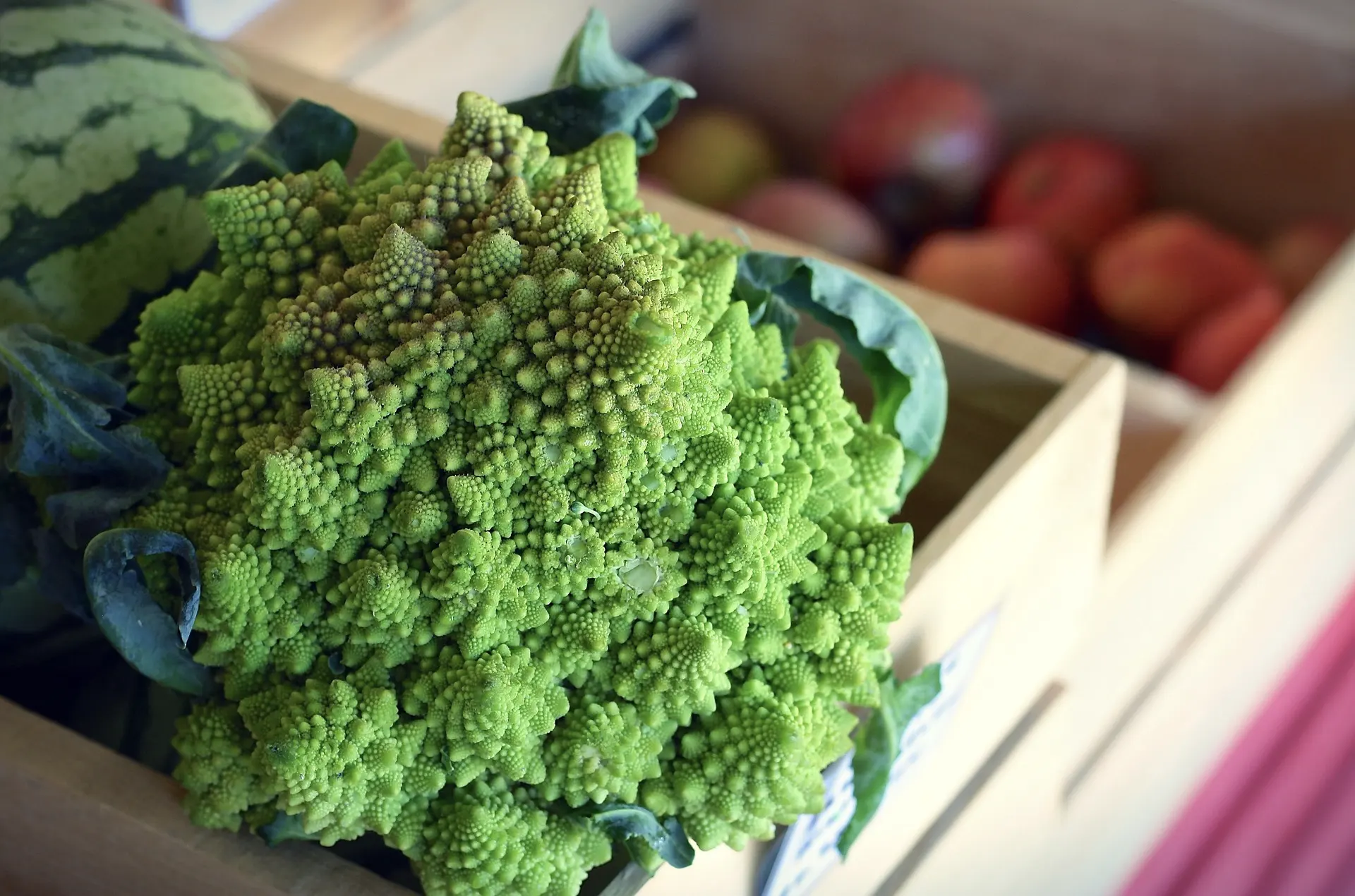Broccoli contains good quantities of an antioxidant substance which is among the most active in terms of health. It is the sulforaphane which is concentrated in particular in the sprouts and to which a study published on National Library of Medicine has strong antitumor properties. An important molecule that is able to reduce oxidative stress.
When does sulforaphane get in broccoli? This substance in broccoli is found in the form of glucoraphanin also called sulforaphanin. In this state it is a practically inactive substance. In other words, it is useless to eat this vegetable to ensure the benefits of this compound. To obtain sulforaphane, glocoraphanin must come into contact with an enzyme called myrosinase. This happens when the broccoli is broken down or during chewing, blending, beating or centrifuging. In this way the two substances meet and produce sulforaphane. Otherwise they are found in two different cellular compartments of the plant.
When is sulforaphane lost in broccoli? With cooking because glucoraphanin dissolves in water and the myrosinase enzyme is destroyed by heat. This is why boiling is not good for broccoli. It is not recommended despite being the form of cooking with which broccoli is prepared most of the time. For this reason, scientists recommend consuming raw broccoli even if it doesn’t really taste good. Alternatively there are other ways to not lose the sulforaphane. Raw broccoli florets can be transformed into pesto. In this case there is a grinding and thus the sulforaphane is activated. Just take 4 or 5 fresh broccoli, wash them well and put them in the blender. Add a few almonds and blend adding a drizzle of oil until everything is very creamy. Perfect are broccoli sprouts that have much more glucoraphanin.
What foods is sulforaphane found in? It is a chemical compound that belongs to the isothiocyanate family. In nature it is found in all plants that belong to the cruciferous group: broccoli, cabbage, cauliflower, Brussels sprouts, turnip greens. This compound is a powerful antioxidant capable of destroying free radicals and molecules that create a lot of damage to our body. Its effects last very long enough to be effective for several days. Some experiments have shown that sulforaphane increases the expression of the nrf2 antioxidant gene which causes the production of some antioxidant molecules. It is useful against aging, neurodegenerative and cardiovascular diseases, diabetes and cancer. Finally, it is also able to inhibit the growth of cancer cells. It induces programmed cell death.
